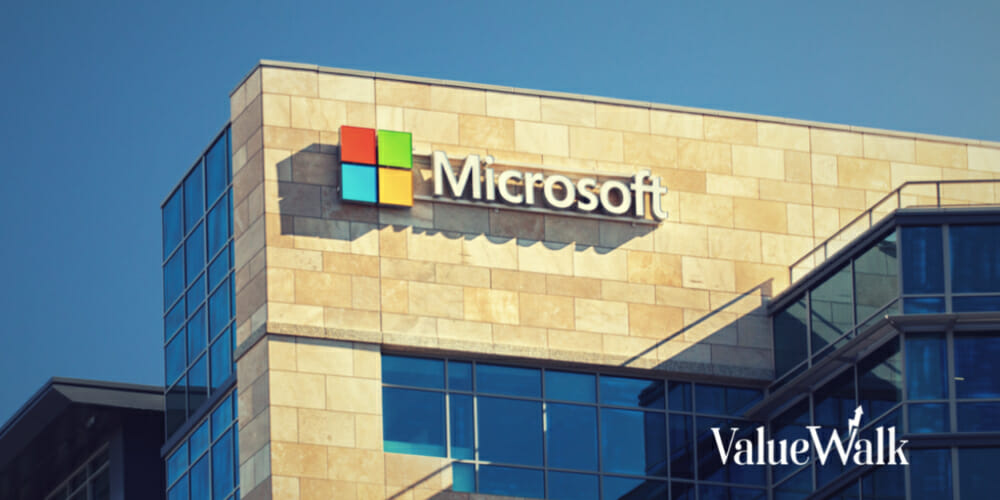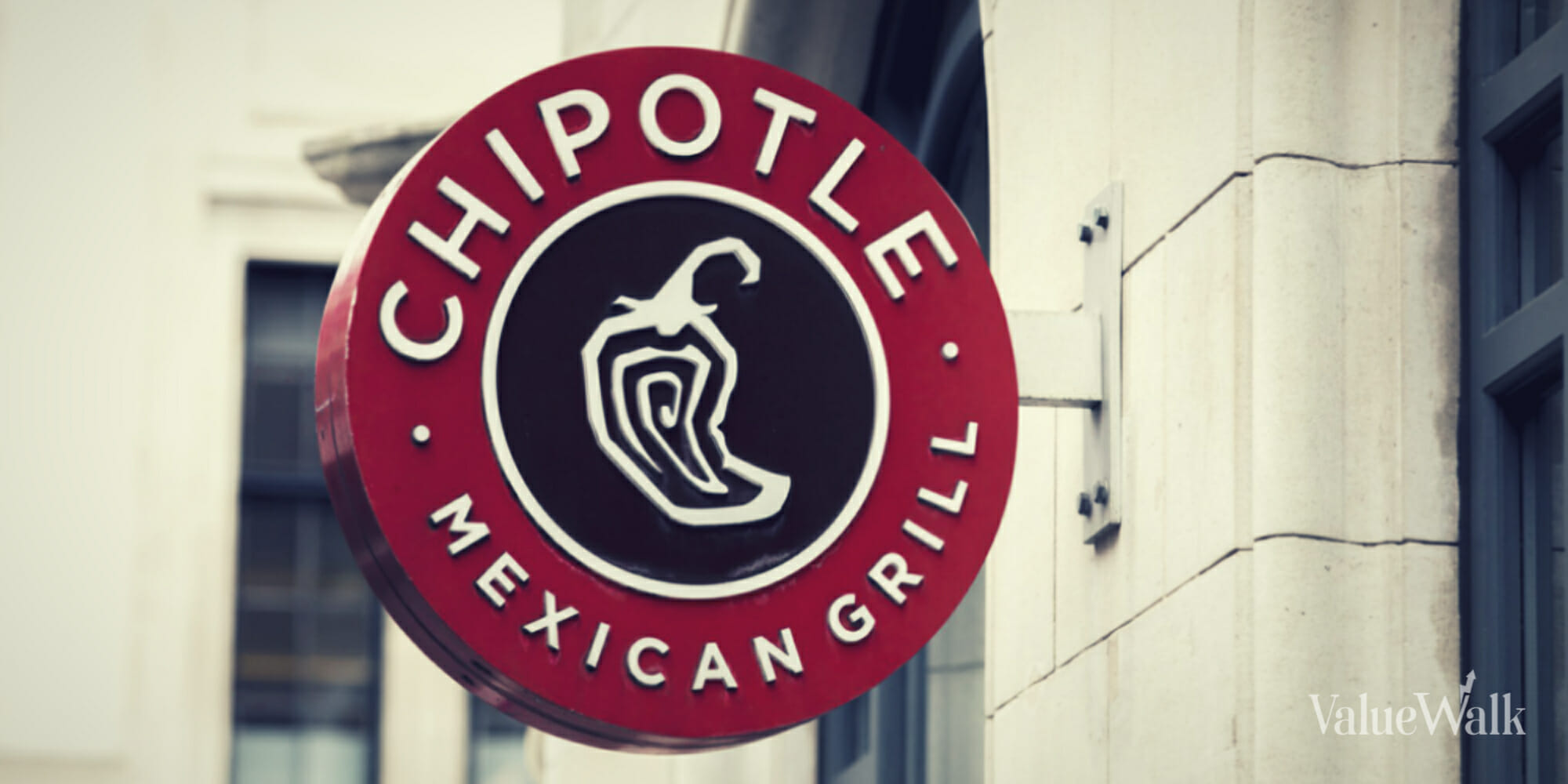- Align Technology, Inc. (NASDAQ:ALGN) was the first company to introduce invisible braces technology for teeth alignment with their Invisalign clear trays.
Q4 2021 hedge fund letters, conferences and more
- For more than two decades, Invisalign became a household name, and globally, orthodontists have treated over 10 million patients for malocclusions with these clear aligners.
- Invisalign is an expensive tooth straightening treatment and requires regular visits to orthodontists, meaning that as alternatives go mainstream, the company faces headwinds.
Despite raising its revenues outlook for 2021 in September this year to almost $4 billion, an increase of nearly 60% from 2020, Align Technology faces may be in for a rough ride. According to a report from Nasdaq, Align Technology faces stiff competition from several players, including traditional orthodontic appliances, and other clear aligner alternatives. These levels of stiff competition exist despite a Credit Suisse report suggesting that it is a market with high barriers to entry.
Based in San Jose, California, Align Technology was founded in 1997 when one of its founders, Zia Chishti, developed the teeth straightening treatment based on using clear retainers. The following year, the retainers, called Invisalign, were approved by the FDA. Despite initial resistance by orthodontists, after a few years, consumer demand and good marketing started having a positive effect on the company’s profits.
In 2001, Align Technology (ALGN) went public with its stocks selling on Nasdaq. By 2003, its two co-founders, Chishti and Kelsey Worth had resigned. However, as the popularity of Invisalign grew and new products were introduced for more complex treatments, the company started seeing immense growth.
Patent Expirations Create Competitor Opportunities
It is hard to imagine that just like cars and “the wheel” itself are not patented in principle, that anyone could actually patent clear aligners. By 2016, Align Technologies had acquired Cadent, an Israeli company manufacturing advanced dental scanners and complementing software technology. In that year, it reached $1 billion in sales and 8% of people seeking teeth alignment treatments were opting for these discreet clear aligners.
However, for the company and its subsidiaries, the challenges were about to begin. Several patents of the Invisalign treatment were nearing their expiration, starting from October 2017. Alternative clear aligner products began appearing on the market immediately after the patents ceased. These reproductions immediately became competitive because they were much cheaper and offered faster treatments than Invisalign. Based on the principles of teledentistry, anyone wanting to straighten their teeth could do so without even visiting an orthodontist.
Orthodontic Work Reaches More People
Align Technology added other designs to Invisalign, aiding in the treatment of even more complex teeth-straightening issues. Orthodontists can now incorporate several attachments to Invisalign - including elastics - to shift even severe dental misalignments and overbites.
For patients wanting to align mild-to-moderate issues, at-home Invisalign alternatives can gradually shift the teeth into position. These cheaper and convenient alternatives don’t require a visit to a dental office, with consumers sending the companies their impressions or scan.
The treatment is then worked out by their in-house dentists or orthodontists, and the prescribed clear aligner course is shipped out for the treatment to commence. There is no doubt that these groundbreaking teeth straightening treatments are proving popular for less complex cases.
Popular Invisalign Alternatives
Invisalign’s decades of experience in the clear aligner teeth straightening market is undeniable. On average, the treatment costs about $5,000. However, several products are now competing directly with them. Smile Prep is the guides and reviews leader in orthodontic treatments, giving consumers all the relevant information to make their choice easier.
For those that want the convenience of at-home teeth straightening treatment, prices are considerably less, starting from about $1,895. At-home alternatives to Invisalign include Byte, Candid, AlignerCo, and SmileDirectClub.
SmileDirectClub was one of Invisalign’s first at-home rivals. Despite not being able to cover more severe teeth alignment issues, companies like SmileDirectCLub and Byte also have a nighttime-only treatment, a huge benefit for consumers that want to only wear clear aligners at night. Instead of wearing the clear aligners for 22 hours a day, these patients wear them for only 10 hours in the privacy of their homes.
At-home clear aligners have the advantage of being cheaper, faster, and more convenient than Invisalign, ensuring they have found a place in the teeth straightening market.
There are also in-office clear aligner options that are competing with Invisalign. These treatments start from about $3,000 and include ClearCorrect and Six Month Smiles. Their prices are slightly cheaper than Invisalign because the teeth-straightening is typically faster, but they are more expensive than at-home treatments. Six Month Smiles bases treatments on clear braces and clear aligners, more suitable for milder cases. Then again, ClearCorrect can treat more severe issues.
Conclusion
Telehealth rose during the pandemic - and provided a substantial boost also to this industry. Competition in every field is about closing the gaps and making products more available to consumers. Clear aligners, whether in-office or at-home treatments have allowed more people to seek teeth straightening treatments. For many years, Invisalign had the monopoly, but recent developments have allowed more players into the game, forcing Align Technology to face some headwinds going forward.






